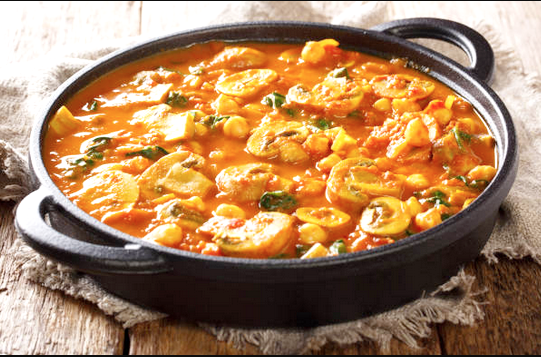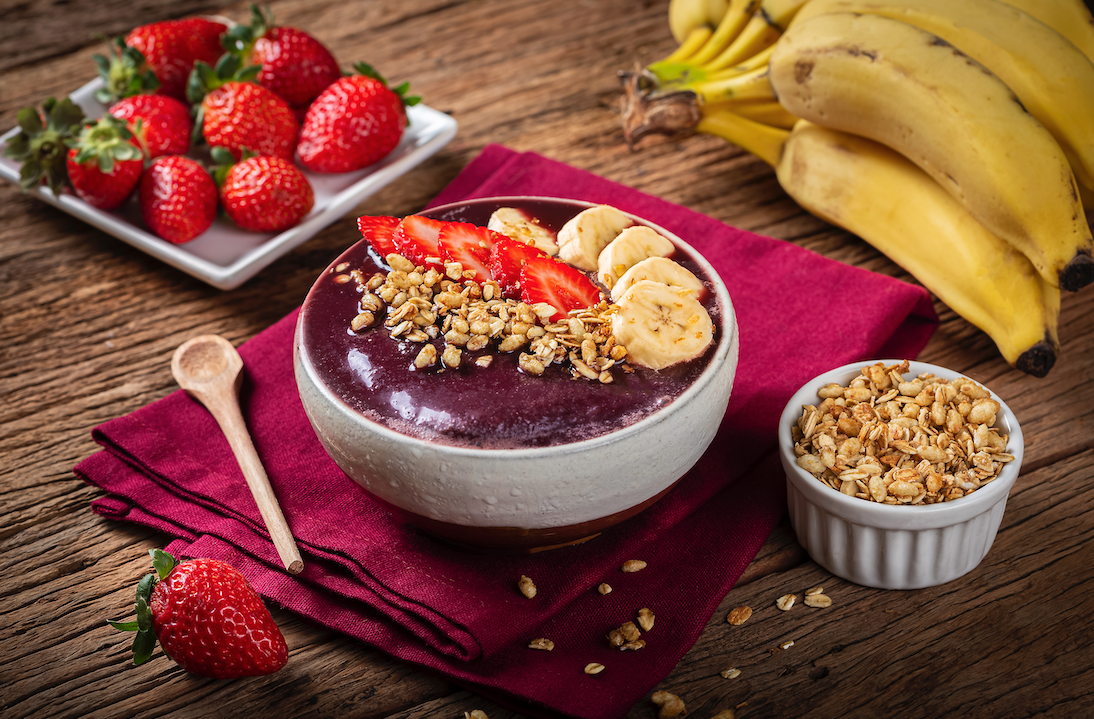
Echinacea
This amazing plant has rose-pink flowers and it comes from daisy family. It’s very widely used in traditional, and one of the most popular herbs worldwide as a treatment for the common cold, respiratory infections and to improve immunity.
Usage
Echinacea is considered to increase the body's defenses by increasing the number of leukocytes (white blood cells) and stimulating the synthesis of interferon, a protein that participates in the body's defense against viral infections. Studies and clinical trials, are largely done in Germany.
Cold and Flu
For the best effect should be taken as soon as the first symptoms of flu or cold are noticed.
Immune System
Boosts immunity and reduce inflammation.
Cold and Sore Throat
Protect against cold viruses and is a popular way of soothing a sore throat.

How to add echinacea to your diet?
Make a Tea
It's commonly combined with other herbal teas (chamomile, ginger, lemongrass) because of it strong taste.
As a Supplement
Available in liquid extracts, capsules, and powders.
The flowering period lasts a long time, so this medicinal plant is often grown as an ornamental.
It is native to North America and has a number of species.
The flowers release a fragrance when they are exposed to strong sunlight.
Echinacea is also known as the ‘globe daisy’ or ‘hedgehog coneflower’.
Ancient Herbal Therapy
Traditionally, preparations of squeezed echinacea juice are used as a means of strengthening immunity. The active ingredients stimulate the activation of macrophages, cells that destroy bacteria and viruses in the process of phagocytosis, which has a beneficial effect on the body's defenses and prevents colds and flu. Use is also recommended for diseases of the respiratory system: to relieve cough, bronchitis, sore throat, and sinusitis.
Their use has been shown to be successful in relieving headaches, metabolic problems, and increased sweating. Applied topically, echinacea extracts accelerate wound healing and have an antiseptic effect.
They are often used for skin problems, for the treatment of injuries and inflammation of the skin, have a beneficial effect on the healing of ulcers, abscesses, wounds, phlegmon, and varicose ulcers, and accelerate the withdrawal of herpes.
Among Native Americans, it is used against snake bites and stings of poisonous insects (it has an antiseptic effect) and inflammation, as well as to improve and maintain immunity.
About
Recognizable by the purple color of its large flowers, echinacea is a herbaceous plant from the Asteraceae family that can reach 1 m in height. The flowering period lasts a long time, so this medicinal plant is often grown as an ornamental. Peripheral flowers resembling long petals surround the central part, composed of solid tubular prickly flowers of brown-red color resembling a hedgehog.
The origin of its name comes from the Greek word ekhinos which means: the hedgehog. It is native to North America and has a number of species, 9 of which are endemic to the area, of which only two species are planted. Species such as E. purpurea, E. palida, and E. angustifolia are the most widely used, with the first two species showing the best medicinal results, but the third species is the most used because it is also the most successfully planted.
Composition
Echinacea contains a number of active substances, such as alkylamides, keto alkanes, essential oils, polyacetylene derivatives, phenolic acids, polysaccharides, and glycoproteins.
The most commonly used variety is Echinacea purpurea, whose freshly squeezed juice, as well as extracts of fresh plants, has exceptional healing properties, while its drying significantly reduces the healing properties.
Science
Both above-ground and underground parts of the plant are used, from which syrup, tea, tinctures, sprays, tablets, juices, etc. can be made. Various products based on this plant can now be found in our market, but caution is advised when using them.
The use of echinacea increases non-specific immunity, which means it achieves a better defense ability of the organism against anything that could harm it. Echinacea is considered to increase the body's defenses by increasing the number of leukocytes (white blood cells) and stimulating the synthesis of interferon, a protein that participates in the body's defense against viral infections.
The best effect is achieved when preparations of this plant are taken as soon as the first symptoms of flu or cold are noticed, that is before the disease develops. This helps the body to resist infection. Echinacea has antibacterial and antiviral effects. It is also applied locally for wounds, injuries, bites, stings because it has an antibacterial effect and accelerates wound healing by creating connective tissue. It is used in cases of infections or preventively, to stimulate immunity, and it is not recommended to use it for more than 8 weeks in a row.
A relevant institution in Germany approved the use of echinacea extract in colds and chronic respiratory infections, and in lower urinary tract infections. Medicinal properties are shown by three types of echinacea: (Echinacea purpurea, Echinacea angustifolia and Echinacea pallida).
Safety
Due to the lack of safety data, the European Medical Agency does not recommend the use of echinacea in children under 12 years of age, and due to the possibility of cross-allergies, caution is recommended for people allergic to one of the plants from the Asteraceae family.
Also, its use is not recommended for people suffering from progressive systemic diseases, such as tuberculosis, collagenosis, leukopathy, multiple sclerosis, AIDS, HIV infection, and other immune diseases. Allergies are possible for people who are allergic to other plants from the Asteraceae family.
Due to insufficient knowledge of the composition and mode of action of echinacea, it is not recommended during pregnancy and breastfeeding.
Fun Facts
The healing benefits were first noticed by the native Americans who were watching wounded elks recover after consuming the purple echinacea.
Sources
Miller, S. C., & Yu, H. C. (Eds.). (2004). Echinacea: the genus Echinacea. Crc press.
Parsons, J. L., Cameron, S. I., Harris, C. S., & Smith, M. L. (2018). Echinacea biotechnology: advances, commercialization and future considerations. Pharmaceutical biology, 56(1), 485-494.



